With a nod to The Beach Boys’ “Good Vibrations,” we love the colorful feathers they wear, and the way the sunlight plays upon their … beaks?
Missouri is a good place to get your birdwatching “excitations” any time of the year, but October is especially fun. Lots of birds are coming and going, some leaving for warmer winter climes, and some arriving to overwinter here.
Migrating birds this time of year are not rushing as frantically to get great nesting spots and territories, like they are in the spring, according to Missouri Birding Society’s Bob Fisher. Instead, fall migrations are a balancing act, staying in their summer territory to fatten up well for the grueling winter migration so they can arrive healthy, but leaving before their food disappears, whether Missouri is their summer or winter habitat. You might spot some interesting combinations overlapping this time of year.
October Big Day, a red letter day for birdwatchers, is October 17. Birdwatchers all over the world report every bird they see or hear from midnight to midnight. You can visit Birds.Cornell.edu for more information or download the free eBird mobile app to your phone to participate. You don’t have to be an expert or spend all day, either. If you can spend only ten minutes in your backyard, that still provides data that helps scientists understand birds and their movements even better.
Gotta keep those good migrations a-happenin’!
Yellow-Rumped Warbler
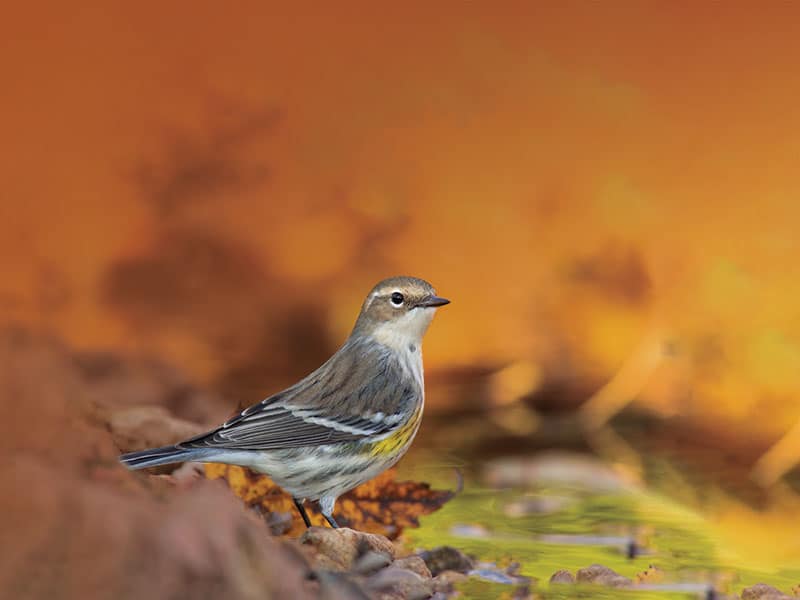
These warblers are usually the last warblers to leave Missouri because they feed on poison ivy and other berries in the fall, although most are usually gone by the end of October, as they have a long journey down to Mexico and Central America to their winter grounds. A few may hang around all winter, and they like sunflower seed, raisins, suet, and peanut butter.
Double-Crested Cormorant
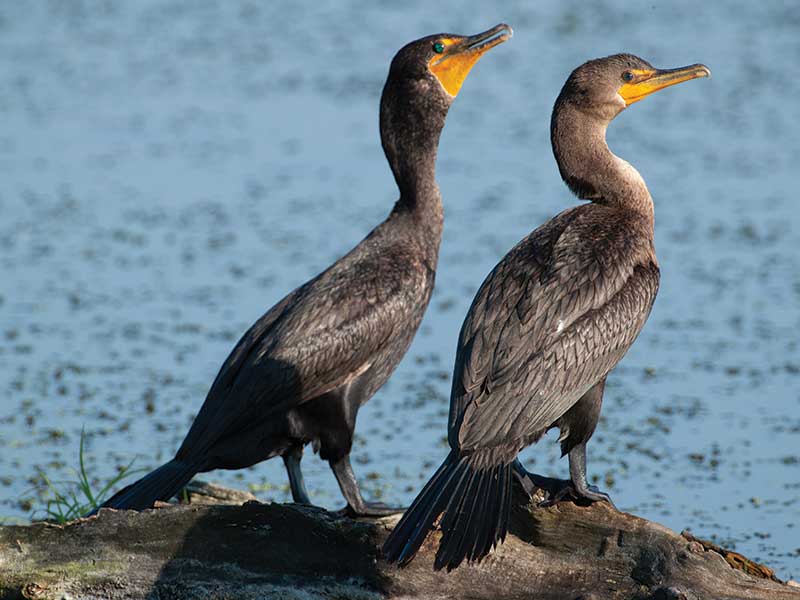
A large number of these birds come through Missouri in October, along with white pelicans, Franklin’s gulls, and other shore birds, on their way to wintering grounds in the South. These birds may dive completely underwater to catch fish to eat, and they often stand in the sun with their wings spread to dry.
Green Heron
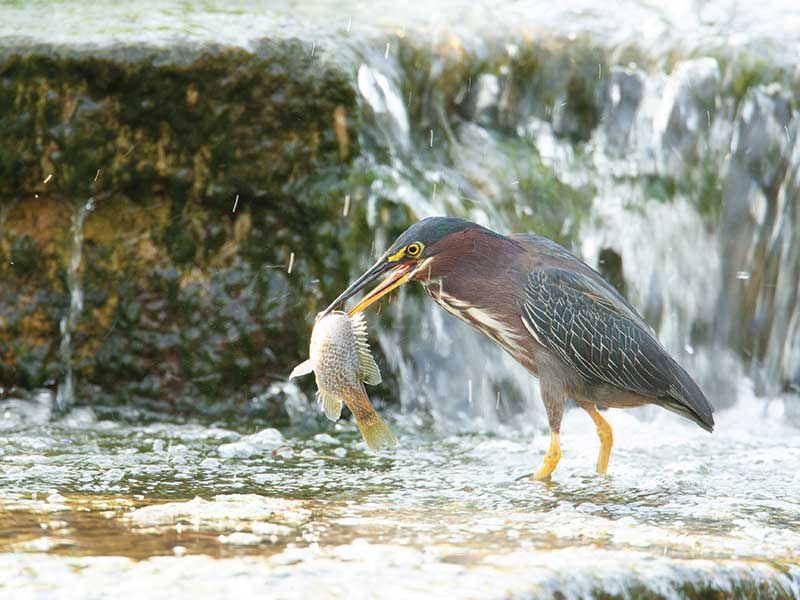
These birds may stay in Missouri until late October. About the size of a crow, green herons are difficult to spot on the ground because they stand still and blend in with vegetation along stream or pond banks. Also known in the Ozarks as “fly-up-the-creek” and “shikepoke,” the green heron is one of the few birds known to use tools. They will sometimes drop twigs, feathers, or insects to lure curious fish within striking distance.
Snow Goose
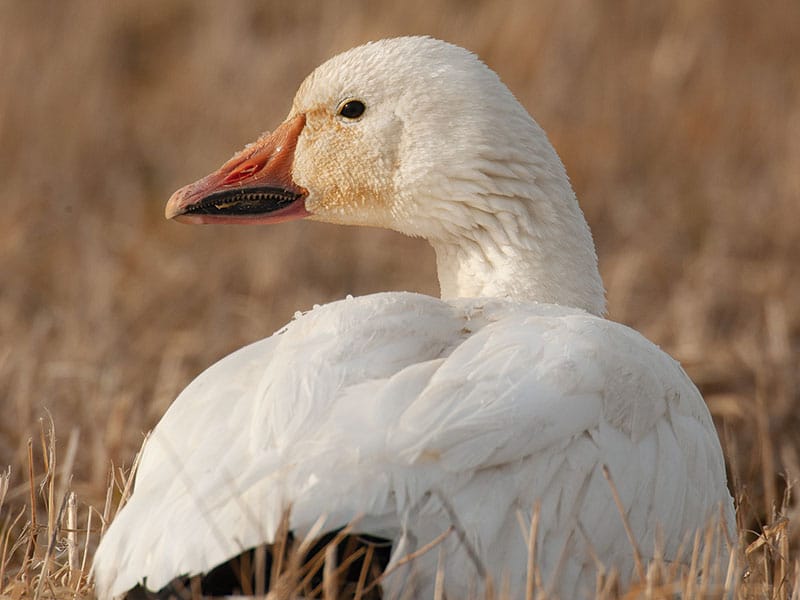
The snow goose and the blue goose that winter in Missouri are the same species. While most are white, the blue goose is mostly grayish brown with a white head and neck. Snow geese have increased to a historically high level and are overgrazing their arctic nesting range and degrading large areas of the tundra. Snow geese mate for life.
Eastern Phoebe
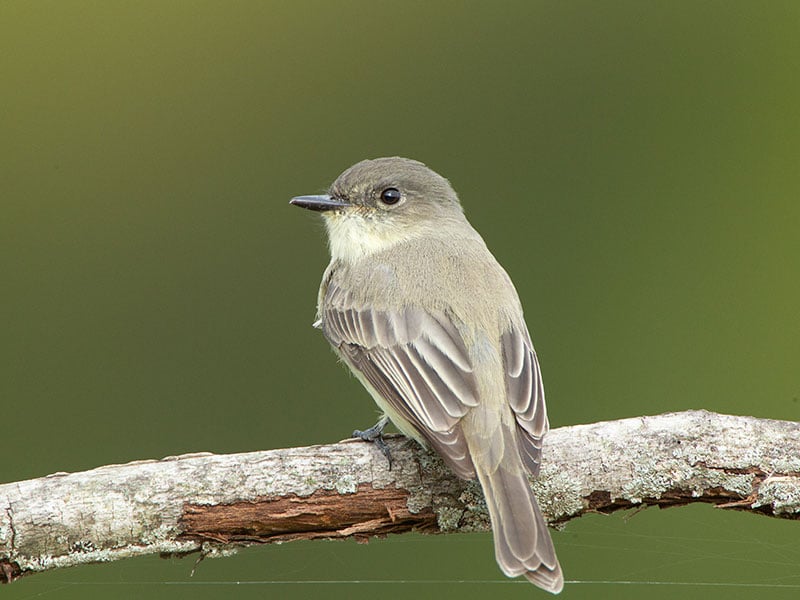
This flycatcher will migrate south anytime between September and November, for the warmer habitat in the southern United States or Mexico, although this is also the only flycatcher that will occasionally winter in Missouri. The birds eat beetles, butterflies, cicadas, dragonflies, flies, midges, moths, and wasps, as well as spiders, ticks, and millipedes and, occasionally, small fruits or seeds. They like low perches, and they bob their tails up and down as they look for flying insects. You may have heard their familiar “FEE-bee, FEE-bee!” call, as they often nest under roofs or overhangs.
Ring-Billed Gull
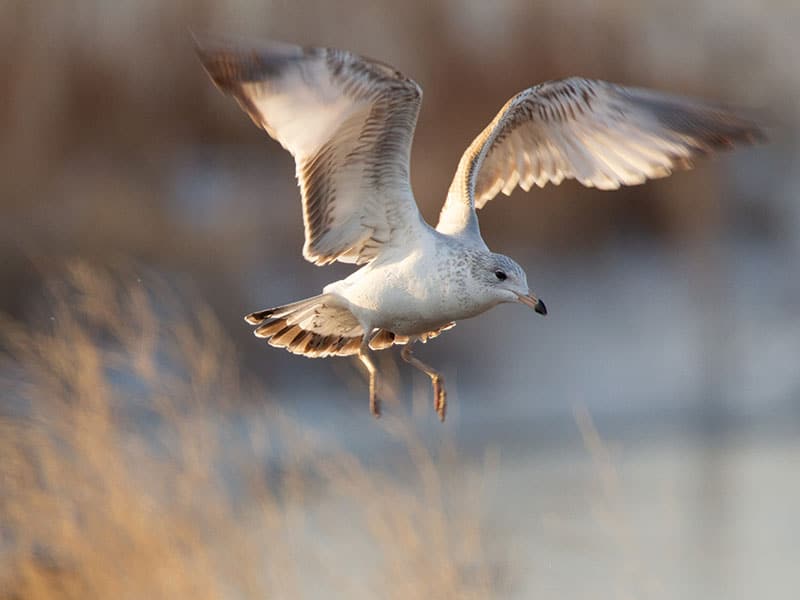
Missouri’s most commonly observed gull, this bird starts arriving this month, and some stay in the southern part of the state although most pass on to the southern part of the country. The ring-billed gull is rarer in north Missouri than in the southern part of the state, according to the Missouri Department of Conservation. In March or April, they fly north to breed mostly in the Great Lakes and northern United States. These gulls are great acrobats who snatch snacks tossed to them and seem to play by repeatedly dropping objects then swooping to catch them, perhaps practicing hunting skills.
Dark-Eyed Junco
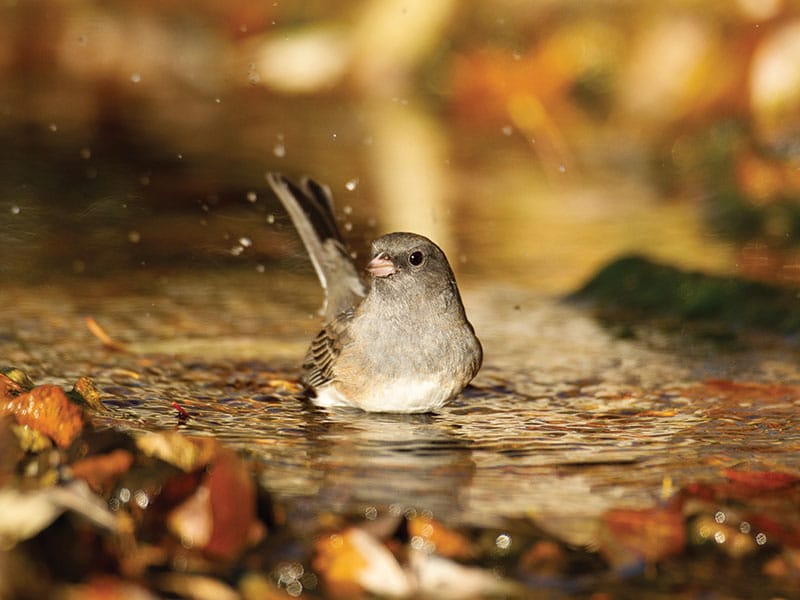
This winter visitor, a little sparrow, is a seed-eater who may arrive in October. Dark-eyed juncos are easy to recognize by their bright white tail feathers flashing in flight. They may hop and scratch around on the ground under feeders, and they may prefer millet to sunflower seeds. You might spot them dining on weed and grass seeds.
Ruby-Throated Hummingbird
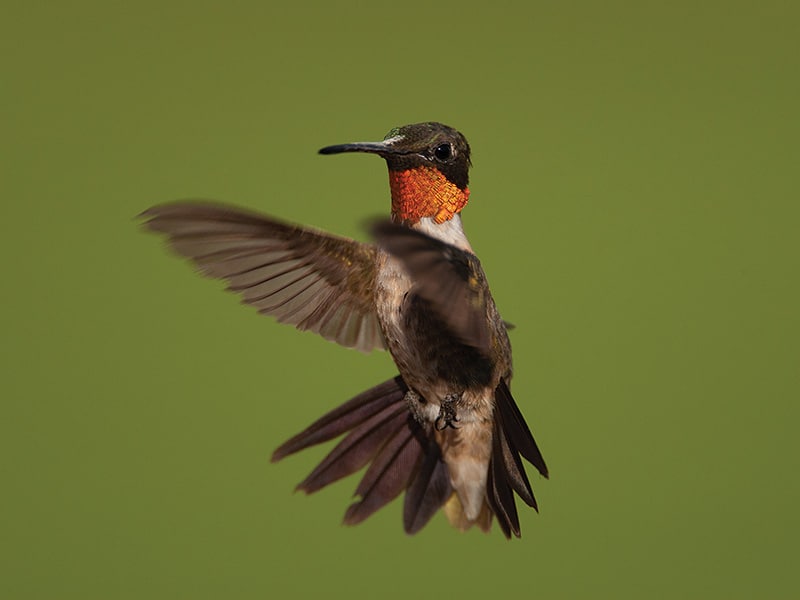
Leave your feeders out: these hummingbirds have been spotted in October or even later, although most are gone by early October. Records show the rufous hummingbird and others also show up after the ruby-throats have left. These amazing hummingbirds can fly nonstop over the Gulf of Mexico, on their way to winter habitat in southern Mexico and Central America. Some overwinter in southern Florida.
Sources: Cornell Lab of Ornithology, Missouri Birding Society, Missouri Department of Conservation, National Audubon Society
Photos: Missouri Department of Conservation.
Related Posts
Where to Buy Great Pies?
Sink your teeth into these sweet treats from around the state.
Flavors of Fall
Warrensburg farm celebrates fall with pumpkins, hayrides, and local fare at its annual Harvest Festival.



